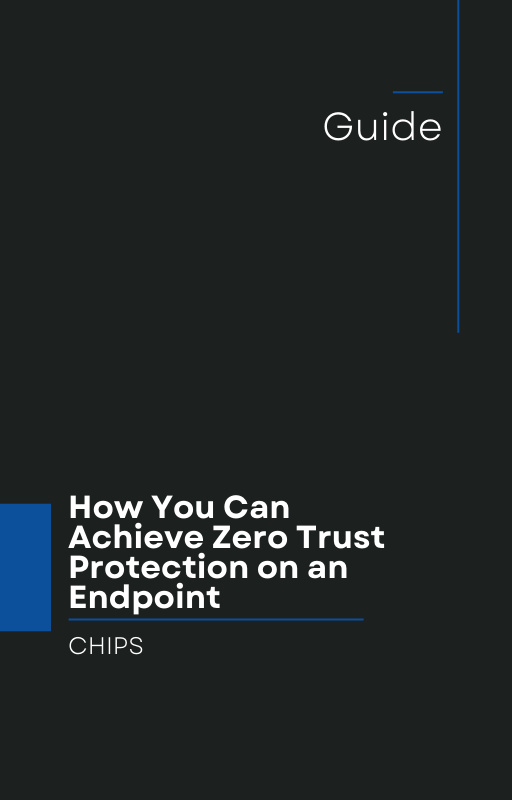A new era of organized cybercrime is unfolding, and it should serve as a red alert for business owners everywhere.
The recently reported evolution of the DragonForce ransomware group—detailed in a TechRadar Pro article—highlights a dramatic shift in the cybercrime ecosystem. No longer operating as isolated hacking collectives, ransomware gangs like DragonForce are now forming syndicate-style operations with business-like hierarchies, affiliate networks, and even shared "innovation."
This development marks a dangerous escalation. DragonForce is reportedly emulating the cartel-like structures of infamous groups such as LockBit and BlackCat, offering their ransomware-as-a-service (RaaS) platform to affiliates and fostering collaboration between multiple threat actors. It’s not just about one group launching attacks anymore—it’s about entire networks of criminals sharing resources, intelligence, and infrastructure.
The Implications for Business Owners
For businesses, especially small to mid-sized organizations that often lack robust cybersecurity defenses, this evolution signals real danger. A cartel-style ransomware model means more attacks, faster development of malware variants, and broader access to compromised credentials or attack vectors. And the more automated and collaborative these networks become, the harder it is to detect and stop them in time.
The traditional approach to cybersecurity—Detect and Respond—is proving insufficient in this new threat landscape. Detection tools rely on spotting known patterns or behaviors. But when ransomware groups are using modular, evolving toolkits and leveraging zero-day exploits, by the time a threat is detected, the damage is often already done.
Why “Detect and Respond” Is No Longer Enough
Let’s be clear: detection and response are important components of a security posture, but they are reactive by nature. In today’s environment, where attacks are increasingly automated, polymorphic, and AI-enhanced, the response window is too narrow. Businesses need a proactive defense strategy that doesn't just wait to identify malicious behavior—it stops it from executing in the first place.
That’s where AppGuard comes in.
AppGuard: Proven Isolation and Containment for Endpoints
AppGuard is not just another antivirus or EDR (Endpoint Detection and Response) tool. It’s a fundamentally different approach that enforces Isolation and Containment at the endpoint level. Instead of trying to identify malware, AppGuard prevents unauthorized processes from launching—whether it’s a new ransomware strain or a fileless attack launched from a legitimate application.
Even if DragonForce—or any other cyber cartel—finds a way onto your systems, AppGuard prevents them from detonating their payloads. It neutralizes threats before they can do damage, without relying on signature databases or behavioral analytics. That’s why AppGuard has an unmatched 10-year track record in critical environments like defense and finance—and it’s now available for commercial use.
The Business Case for Moving to Isolation and Containment
Let’s consider the economics of a ransomware attack. The cost of downtime, reputational damage, legal liabilities, and ransom payments can be devastating. In contrast, the cost of deploying AppGuard is predictable and scalable—especially for small and medium-sized businesses that are increasingly becoming targets.
The cartel-style evolution of ransomware isn’t just a technical threat—it’s a business risk. And it requires a business decision to address it head-on with a modern defense strategy.
Call to Action:
The age of cybercrime cartels is here. Don’t wait until your business becomes the next victim. Talk with us at CHIPS today about how AppGuard can proactively prevent ransomware and advanced threats through Isolation and Containment. Let's move beyond Detect and Respond—before it’s too late.
Like this article? Please share it with others!

June 9, 2025

Comments